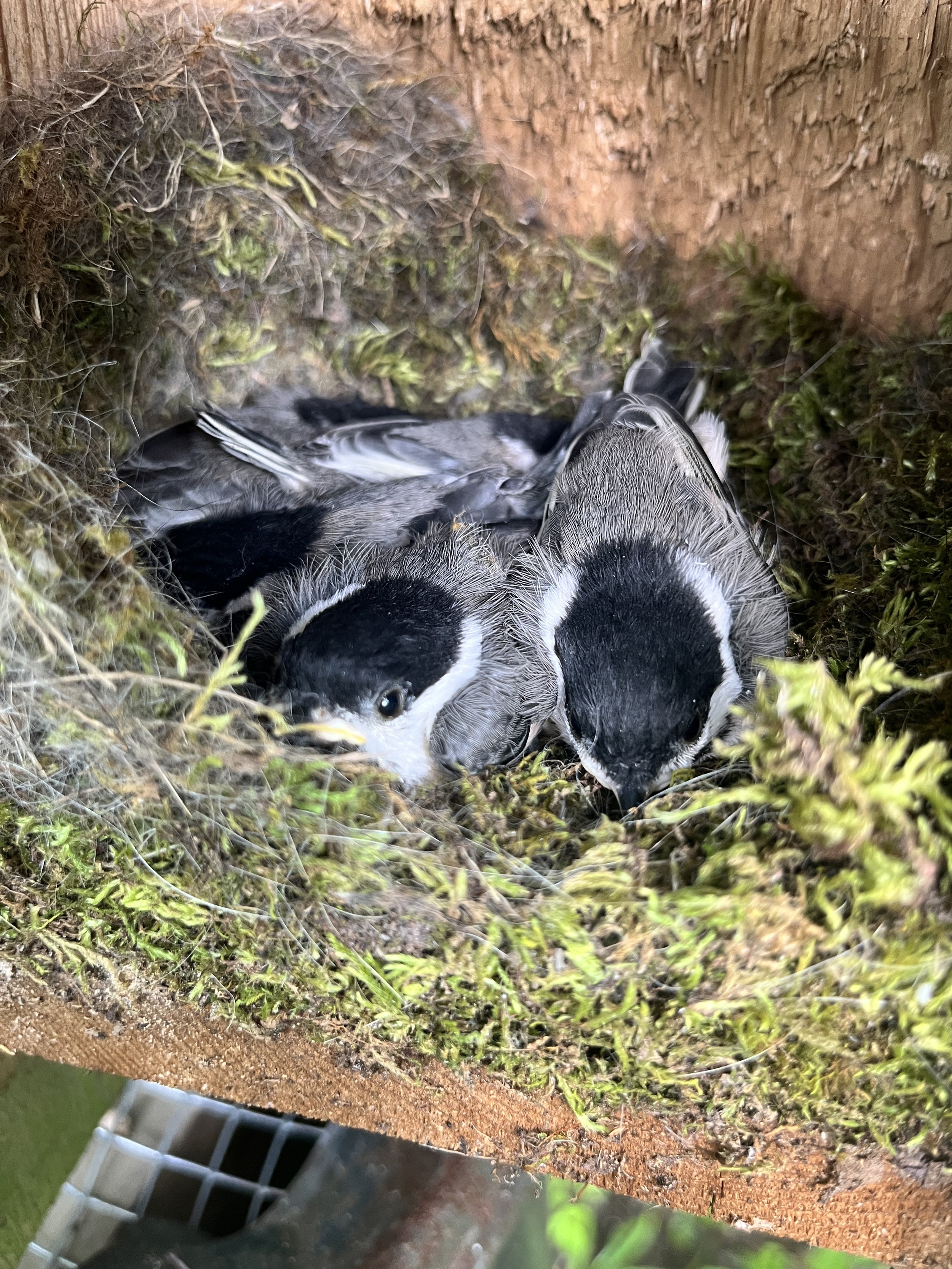Lake Michigan Bird Observatory
MISSION
The Lake Michigan Bird Observatory's (LMBO) mission is to advance the conservation of birds in Wisconsin and throughout the Western Great Lakes Region through coordinated research, monitoring, and education. We envision a day when knowledge of birds is widespread, decisions affecting them are based on good science, and community members care about conservation and participate in it so that common species are kept common and imperiled populations are restored.
The Lake Michigan Bird Observatory (LMBO) has three pillar programs: The Neighborhood Habitat Improvement Program (NHIP), Motus Wildlife Tracking Program, and Bird City Wisconsin (BCW)
NHIP is designed to improve habitat for birds and other wildlife in residential areas of the Lake Michigan Basin by increasing adoption of the 7-simple actions for birds. To get involved as an NHIP volunteer submit a Volunteer Interest Form!.
Motus is a collaborative research effort simultaneously tracking numerous species of birds, bats, and insects. Motus employs cutting-edge technology: tiny radio tags, each with a unique digital ID, in conjunction with automated receiving stations. These stations work like antennas, detecting the presence or absence of tagged organisms within their range. Motus offers valuable insights into animal movements and migrations.
BCW encourages communities to implement sound bird-conservation practices by providing public recognition to those that succeed in:
Enhancing the environment for birds through habitat protection and restoration.
Educating the public about the connections between birds, people, and healthy communities.
GOALS
NHIP
Improve habitat for birds and other wildlife in residential areas of the Lake Michigan Basin
Improve water quality of streams
Improve our scientific understanding of how urbanization affects birds
Nurture and promote a community of engaged, motivated and knowledgeable community scientist in the Lake Michigan region
MOTUS
Strategically place north-south lines of Motus towers along two major flyways – Lake Michigan and the Mississippi River
Establish east-west Motus fences connecting Lake Michigan and the Mississippi River
Expand and continue maintaining 22 stations, including 15 next to Lake MI, one near the Mississippi River, and six forming the beginning of the east-west fence lines
BCW
To become a recognized Bird City, communities must take meaningful action in four key categories:
Habitat – Protecting and restoring natural areas that support birds and other wildlife.
Threats to Birds – Reducing dangers such as window collisions, outdoor cats, and habitat loss.
Education & Engagement – Hosting programs and events to connect people with birds and conservation efforts.
Sustainability – Promoting policies and initiatives that support long-term environmental health.
HISTORY
The observatory's history dates to July 16, 2010, when well-known Wisconsin ornithologist Dr. Noel J Cutright put forth this vision: “My dream and primary objective in life in the near future is to establish a Wisconsin Bird Observatory or a bird observatory with a wider scope, a Western Great Lakes Bird and Bat Observatory.” Cutright believed the success of the Wisconsin Bird Conservation Initiative pointed toward Wisconsin as an ideal location for a regional bird observatory.
Cutright raised initial funding and worked with Shawn Graf, then executive director of the Ozaukee Washington Land Trust and now an American Bird Conservancy vice president, to establish the Observatory in a portion of the old Squires golf clubhouse at OWLT’s Forest Beach Migratory Preserve in northeastern Ozaukee County.







